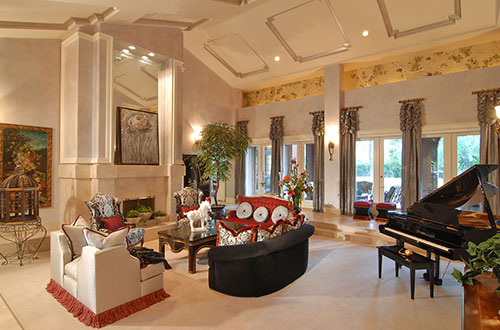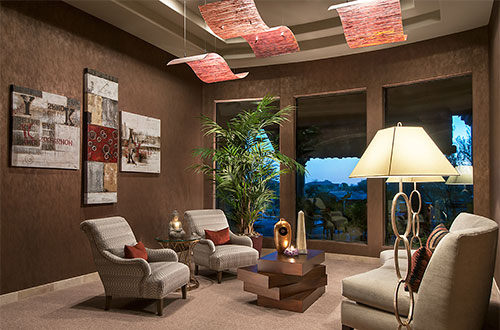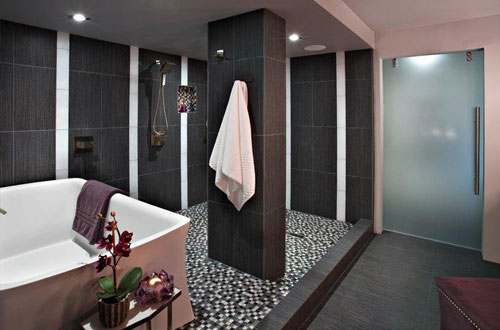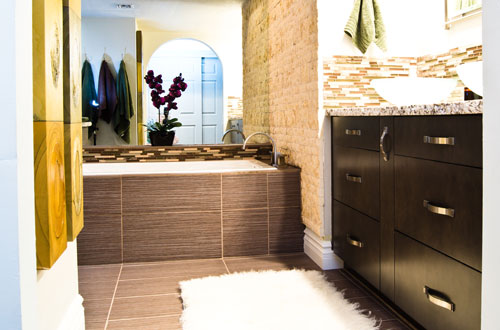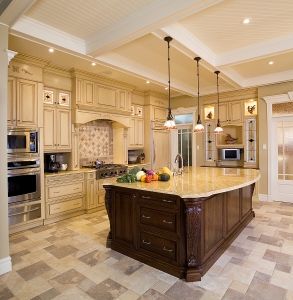Below is a re-post of an article I received that I felt was worth sharing. Our COVID-19 lifestyles have most definitely impacted the way we want to live in our homes. The article outlines lifestyle changes that are impacting the interior design choices being made. Connected, Simplified, Healthy are some of the key design objectives being considered.
Thinking of Remodeling Your Kitchen?
Below is a guest post focusing on the back splash design element for the kitchen. When S Interior Design works with their clients on kitchen remodels, we generally select the larger design elements such as counter tops and cabinet style before selecting the back splash materials. There are however situations where the ‘perfect’ back splash material guides the design direction and we build from that design element. The article below is easy to read and provides guidance on how to select the best material for your back splash taking not only looks but functionality into consideration.
How to Choose the Perfect Kitchen Backsplash
A great kitchen backsplash is not only functional, protecting your walls from grease and dings, it’s also beautiful, a design statement that adds to the beauty of your home and the character of your space.
The options for style, materials, pattern, and color are endless, so the task of choosing one can be overwhelming. In order to help you choose the right one for your kitchen, here are six questions to ask when choosing the right kitchen backsplash for you.
1. How much do you want to spend?
The first question you should ask yourself is how much money you want to spend on the project. The size of your budget will affect the quality and brand of material you are able to buy. It will also affect whether you will be able to hire a professional to do the installation or whether you will need to take on the task yourself.
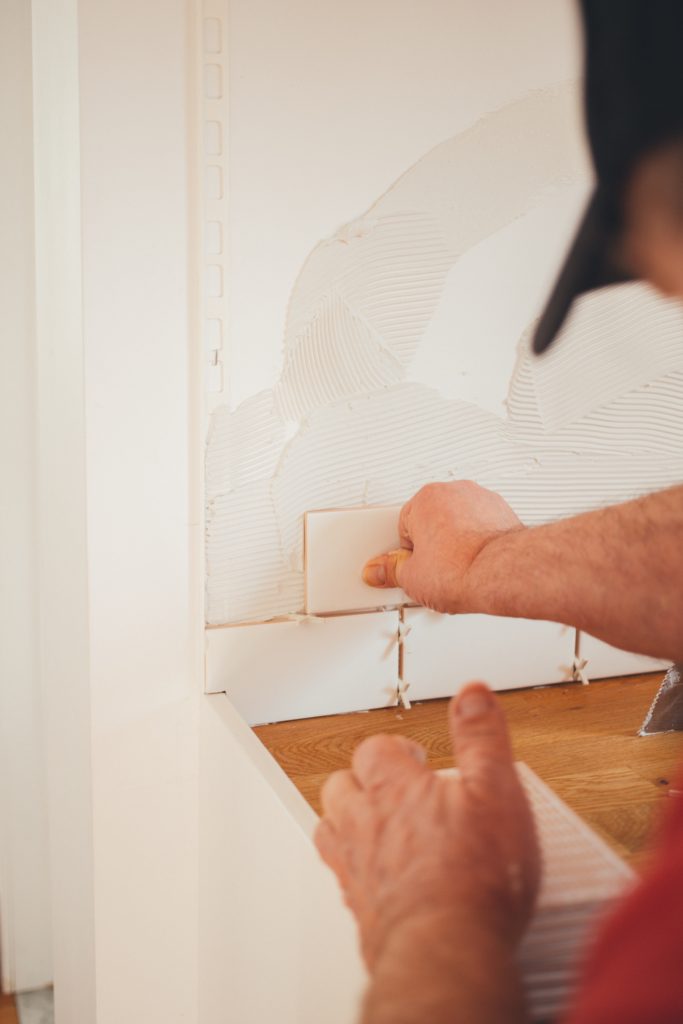
Before you start shopping, identify your budget and stick to it. You’ll be more pleased with the result if you don’t stretch your funds beyond their limit.
2. How often do you cook?
If you cook regularly, you’ll want to make sure you choose a backsplash material that is durable, stain resistant, and easy to clean. Classic subway tile is stylish and versatile and is very easy to clean. Brick is classic and durable, but it’s tough to clean and will show grease stains over time. Stone, however, is one of the most durable materials you can use for your kitchen surfaces, but it often comes at a steep price.
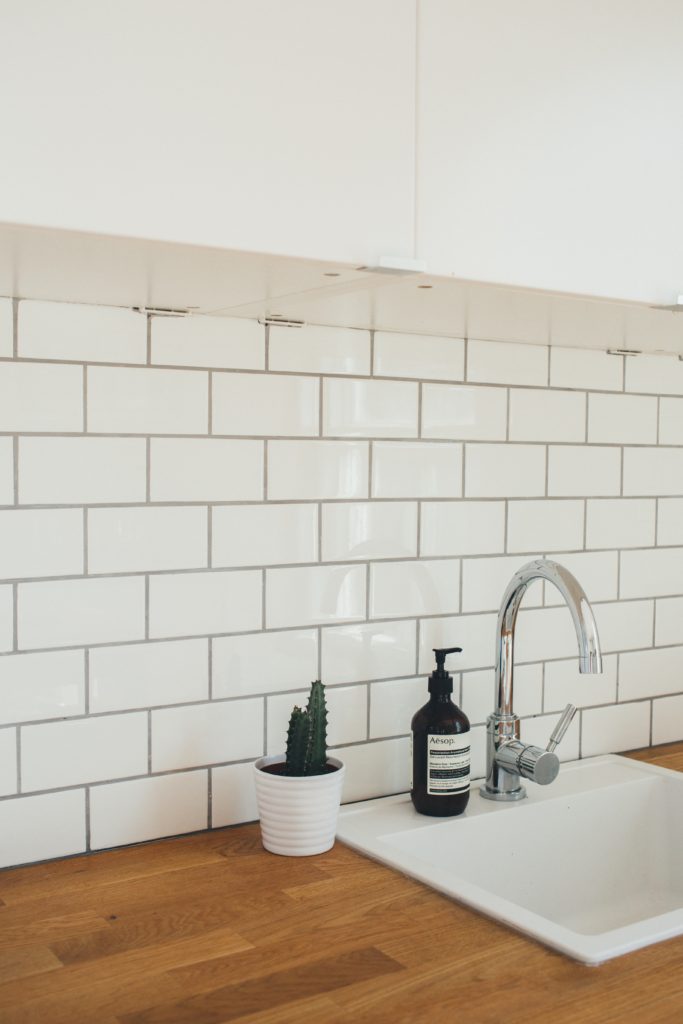
Whatever you choose, the rule of thumb is that the more often you cook, the tougher, more heat-resistant, and long-lasting the material should be.
5. How much space do you have?
The amount of space you have for your backsplash will help determine whether you should go simple or busy with your backsplash design. This will also affect how much you have in your budget to spend on your backsplash material. You can make a great statement with an interesting material, pattern, or color across a small and concentrated space.
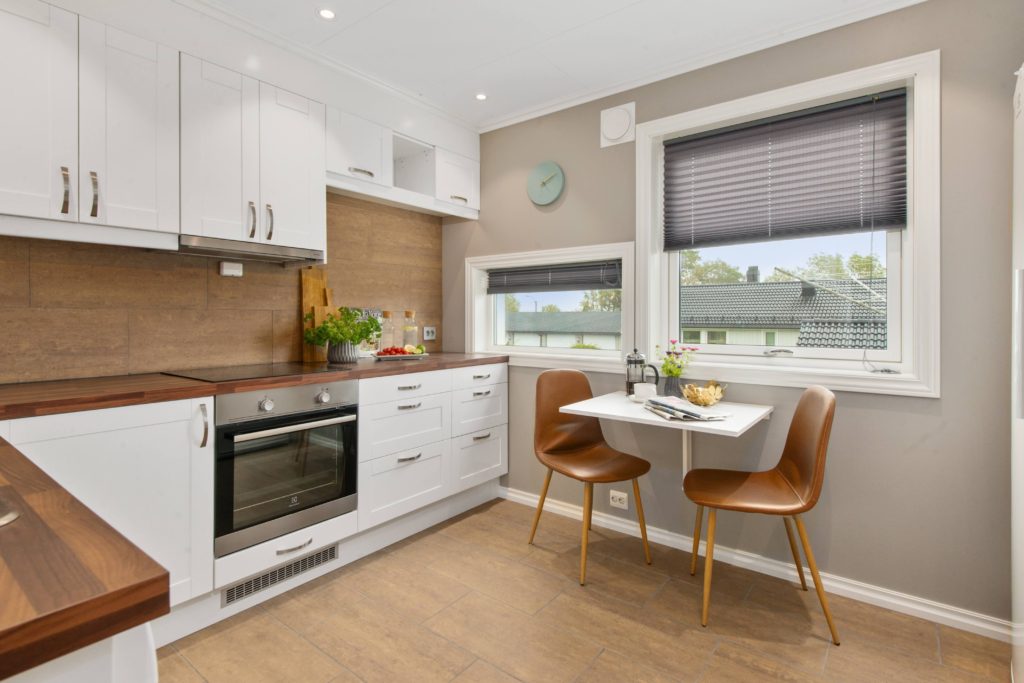
Keep in mind that busy tile patterns, when applied across a large area, can overwhelm a room and grow tiresome over time. The larger the space, the simpler the pattern should be.
3. Do
you want to install the backsplash yourself?
If you choose a backsplash material or tile that
requires intricate designs or hefty cutting materials, you may be better off
hiring a professional to handle the installation.
Most DIYers can handle simple running bond or stack bond tile patterns, but herringbone and parquet-inspired styles may be more of a headache than they’re worth, so calling in the pros may save you a great deal of time and frustration. How much you’re willing to spend on the project will affect whether you can afford to hire a pro, of course.
4. What is the style of your kitchen?
Do you like sleek and modern or traditional and timeless? Is your home rustic or minimalist? Trendy or classic? The style of your home and especially the style of your kitchen will affect the type and style of backsplash you choose. Fish scale tile says trendy and playful, marble says stately and tasteful, subway tile says classic and sensible. Whatever you choose, don’t forget to coordinate it with the style you love.
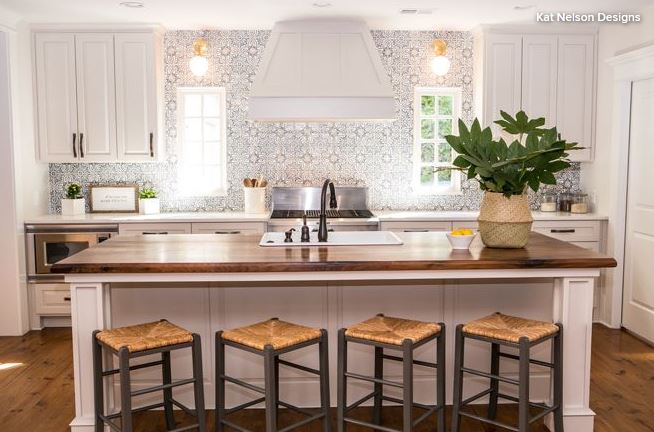
You’ll also want to make sure that your backsplash coordinates with your countertops, cabinets, appliances, and flooring. If you need help picturing the finished product, try a design app that lets you take photos of you space and try on new styles.
6. How do you want your space to feel?
Once you’ve decided on the style you’re going for, you should then decide the way you want your kitchen to feel. Do you want to convey simplicity and function or are you looking for luxury and decadence? Do you want to reflect light into the room or create a sense of comfortable warmth?
If you want to create a light and airy feel in your home, then choosing a light-colored or transparent material is the way to go. Avoid dark soapstone and marble and heavy brick.
If you want to create a feel of luxury and indulgence, then heavily veined marble or sturdy granite might be the right choice for you (granite is very durable and heat-resistant as well).
5 Ideas for “Modern Kitchens”
Below is a guest post on the subject of design ideas for a modern kitchen. In this case the word modern is perhaps a misnomer. I would characterize the ideas as creative. In today’s world we are spending more time in the kitchen area of our homes with family and friends so it is definitely a room in which you want to maximize function, and optimize the look and feel.
S Interior Design has added comments to the post below (shown in italic font).
Ideas To Design a Symmetrical Kitchen
We are hard wired to appreciate a symmetrical balanced design style, or one that is asymmetrical. S Interior Design strives to understand which direction their clients lean prior to our development of their design plan. This post deals specifically with symmetrical design ideas for kitchen design.
A formal definition of symmetry: having sides or halves that are the same : having or showing symmetry
You describe something as asymmetric when it lacks the mirror-image quality of symmetry.
Below is a guest post specifically on achieving symmetrical design in a kitchen.
How to Achieve Symmetry in Kitchen Design
Symmetry creates visual balance, which brings with it a sense of order and peace. Striving for symmetry in your kitchen design can make your kitchen a more relaxing and enjoyable space to work in. This is especially important, considering the kitchen is often the most used room in the house. The following design ideas can help you bring much-needed symmetry to your own kitchen’s design.
Look to the Light
Lighting is one of the first places where asymmetrical choices can affect the mood. Begin first by balancing the overhead fixtures. Replace a single off-center fixture with two evenly spaced fixtures, or use a larger center fixture. This will add balance to the room.
If your kitchen has a large window at one end, hang a mirror at the other end or use mirrored tiles for a back splash opposite the window. This will help balance the light from the window.
Rooms with additional lighting, such as task or under cabinet lights, also benefit from symmetry. Make sure these lights are used evenly throughout the room, or that the fixtures are hidden away when the lights aren’t in use.
Shelving and Storage
Your storage solutions are another simple way to add symmetry to the kitchen. If you have exposed shelves or storage, opt for two of each. For example, frame in each end of your pantry with exposed shelves. If you run shelves above the sink, use an even number. The goal is to keep everything balanced.
Seating Strategies
A large kitchen island doubles as an in-kitchen eating area, homework station, or just a place to relax. This means you need seating in your kitchen.
The amount of seating depends on the size of your island. Generally, you can easily fit up to three stools along one side of an island. One stool will look unbalanced, while two or three provide more symmetry. Make sure the stools all have the same color and design so they can carry the symmetrical look to completion.
Cabinet Balancing
Cabinets are a more costly change, but they will provide the most bang for your decorating dollar. Make sure the cabinets you choose are all the same height. You can select cabinets of different widths, but balance them on either side of a focal point. Generally, the focal point is the sink or oven range.
H/T modernir.blogspot.com
Opting for cabinets in a single color can provide a cleaner, more symmetrical look. Also, make sure that the knob or handle design is the same throughout the entire kitchen. For example, avoid opting for handles on drawers and knobs on cabinets; instead, use the same on both the drawers and the cabinet doors.
Finish With the Accessories
Accessories are the final key to symmetrical design. Whether it’s balancing any artwork on the walls, or centering a hanging pot rack perfectly over the center island, balance is necessary. Don’t overlook your counter tops when arranging items. For example, balance a pretty soap dispenser on one side of the sink with a lovely glass vase with a single flower on the other side.
Kitchen Design Trends for 2015
We wanted to share this great Infographic about Kitchen Design Trends for 2015. Of particular interest is the lighting. Lighting is one of the most important design elements especially in kitchens and is too often not paid proper attention in the overall design plan.
- 1
- 2
- 3
- 4
- Next Page »
